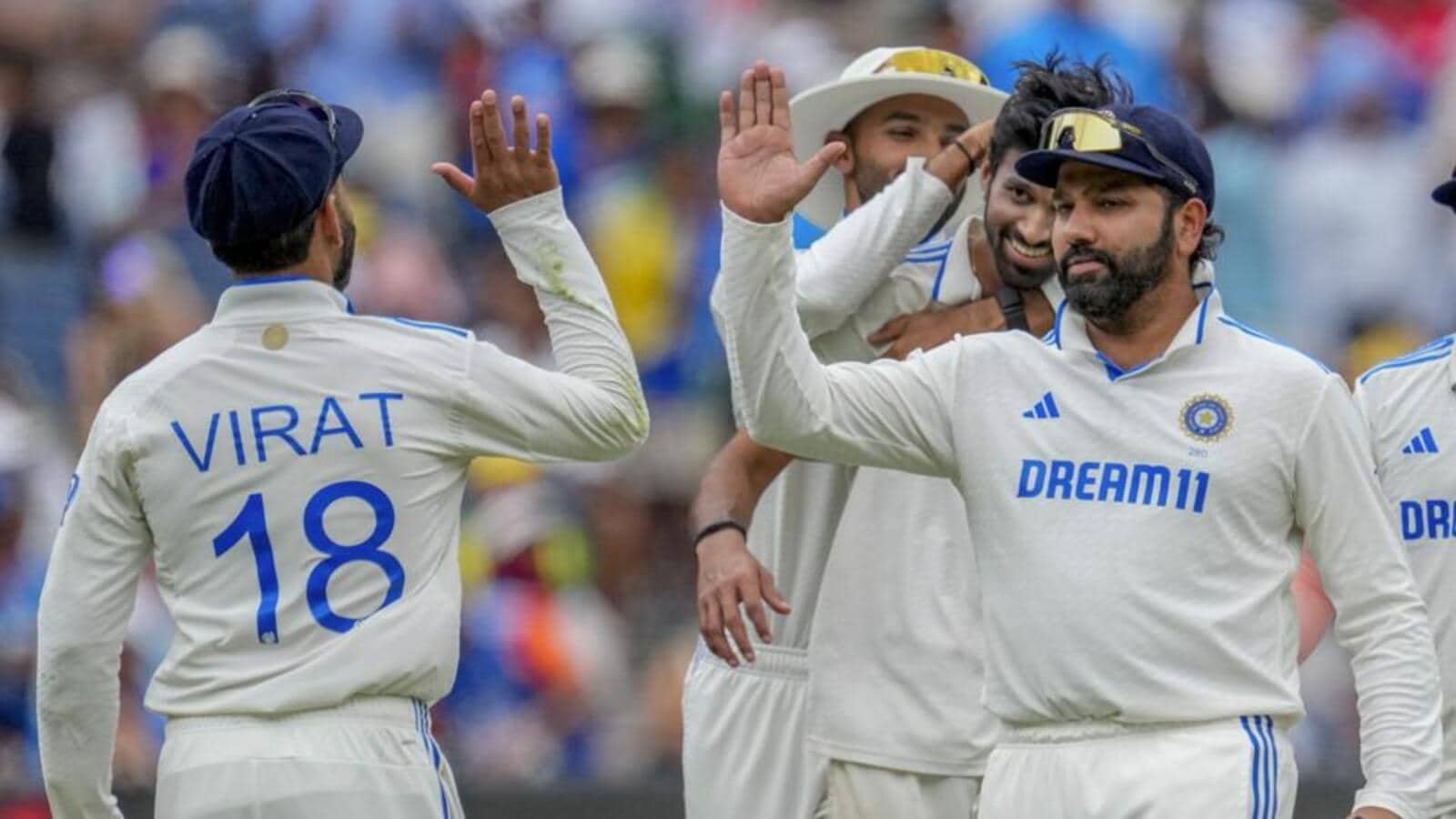Kolkata: Transition can be a loaded term if you let it grow into one. And what India are facing right now is entirely their own making. The Test team, in particular, knew it was coming for a while, just as in 2011-12, and in the late 90s before that. But was anything concrete done about it?

News leaks and the abrupt retirement of R Ashwin are reminiscent of the times when Indian cricket was always one scandal away from imploding. Making it worse are a few seniors whose poor form is pulling the team down. Most disconcerting, however, is how India’s long-term vision has been blinded by short-term goals necessitated by a ridiculously busy ICC events calendar.
When cricket was getting poleaxed every day in the late 90s with match-fixing allegations and sting operations, Sourav Ganguly ushered hope with a new, young core and a reconfigured philosophy.
Rahul Dravid and VVS Laxman didn’t wait for farewells or the alignment of their stars but by then India had Cheteshwar Pujara and Virat Kohli, both young and promising but well-primed for their roles. During his initiation, Ashwin could pick Harbhajan Singh’s brains. And through these two transitions Sachin Tendulkar stood guard as a steadfast guiding light.
But this current transition has been complicated by Sharma and Kohli’s prolonged search for relevance. Also leaving a mark is the preponderance of white-ball cricket, producing belligerent batters but also many ill-equipped for the rigours of the red-ball game. The selectors haven’t quite left their stamp either — sending confusing signals that have left players feeling unsure and insecure.
Shubman Gill started on a high, almost owning the white-ball format, but his slide in red-ball cricket so early into his career has been worrying. Valid questions are now being asked of Rishabh Pant’s approach too. Among the next generation batters, only Yashasvi Jaiswal seems well-settled with a breakthrough year in Test cricket but curiously enough, he is yet to make his ODI debut.
There are other burning questions as well. Who will succeed Ashwin? Because in all fairness, at the moment, Washington Sundar is more a batter than a bowler. And that could leave India particularly vulnerable at home once Ravindra Jadeja retires.
Kuldeep Yadav has class, but his fitness has been iffy. Axar Patel, on the other hand, has been pushed down the pecking order. Like Shardul Thakur during 2020-21, this Australia tour too has thrown up another allrounder prospect in Nitish Kumar Reddy. But living up to that expectation will require Reddy to bowl longer spells in red-ball cricket.
That brings us to fast bowling, India’s most consistent match-winning factor in the past five years. Jasprit Bumrah has a heavy workload, and can’t be expected to play round the year.
On the rebound, Mohammad Shami is still 34 but his prolonged absence has prompted questions over not just his fitness but his handling as well and that’s something Ravi Shastri has pointed out. “I would have kept him part of the team (for Australia) and made sure that his rehabilitation was done with the team,” Shastri had said in the ICC Review. “And then if we thought by the third Test match that no, this guy can’t play the rest of the series, I would let him go.”
Creating bench depth is laudable, but to maintain a succession plan keeping the system viable is more important. Lack of it has led to a widening gap of quality. Mohammad Siraj hasn’t advanced as many thought he would; Prasidh Krishna hasn’t been given enough match time; and Harshit Rana is not ready for Test cricket yet. Among the white-ball bowlers, why Arshdeep Singh was never considered for longer formats is anybody’s guess.
And who, realistically, could take over from Rohit Sharma? Bumrah has led with distinction in two different tours now (Edgbaston, 2022 before this) but his body is evidently not on the same page as his mind. KL Rahul is the only other player in the current squad with an equivalent stature, but the endless shunting across the batting order throughout his career has left Rahul more personal battles to endure than he ideally deserved to.
How he would react to captaincy while still trying to fulfill his destiny is a big question. Not to forget, India desperately needs Rahul’s technical ability either as opener or at No 4 once Kohli and Sharma are done with international cricket. But filling in the other gaps isn’t going to be as straightforward this time. Too many questions, too few viable options, India’s future hasn’t looked this tentative in a long time.

